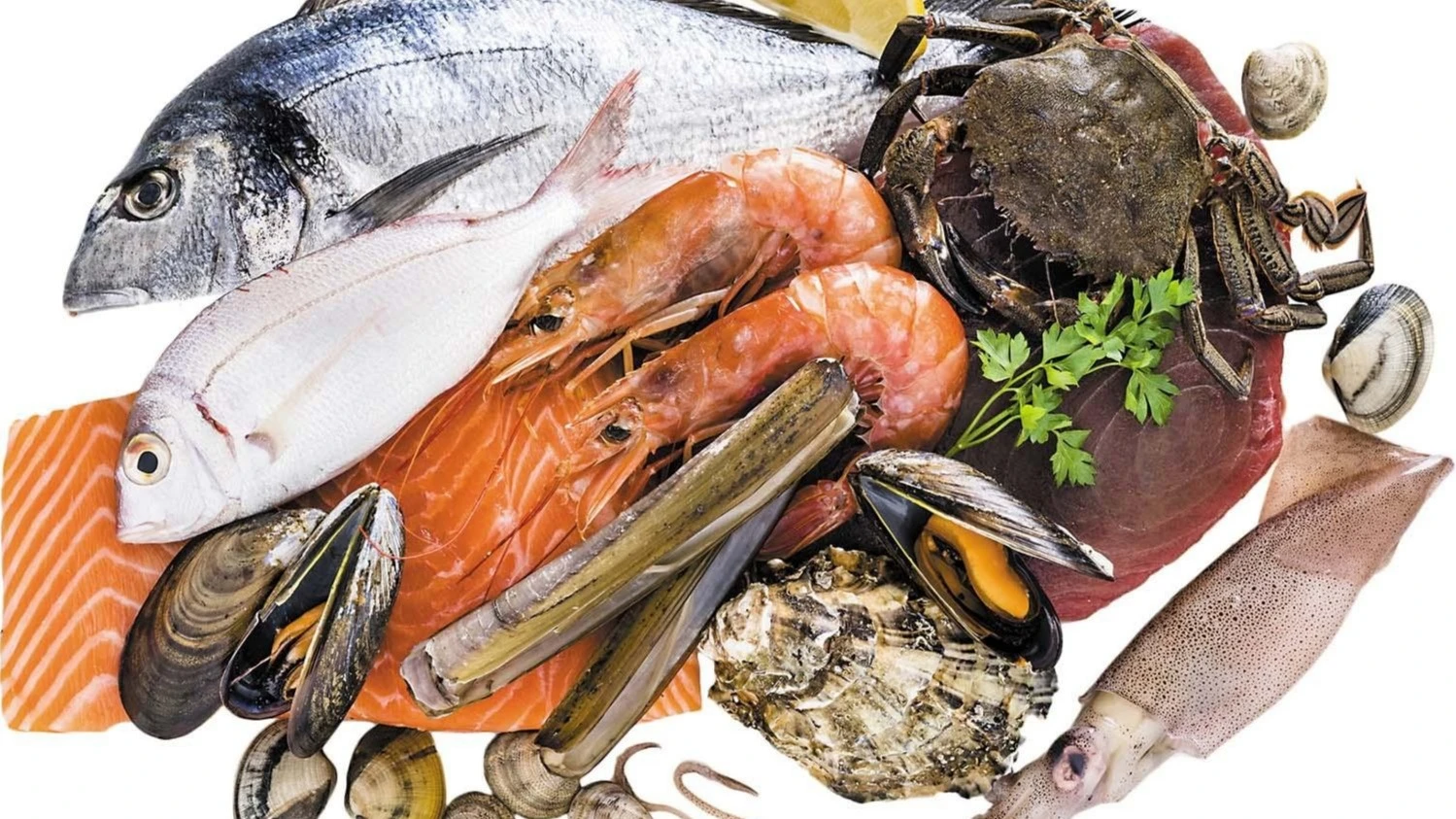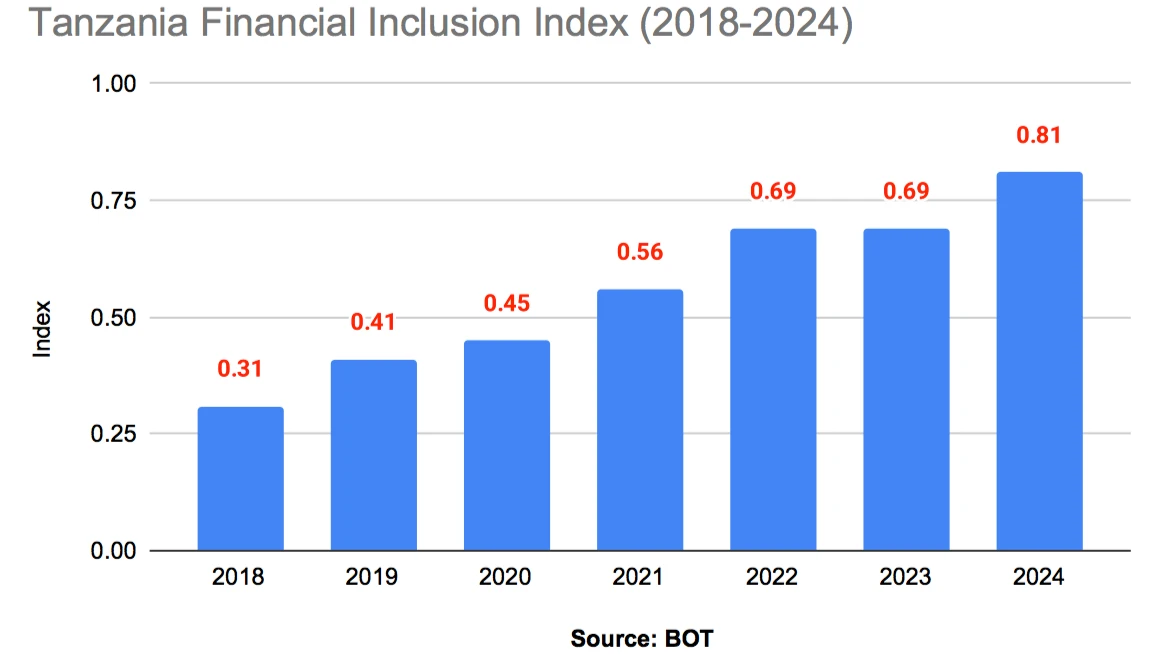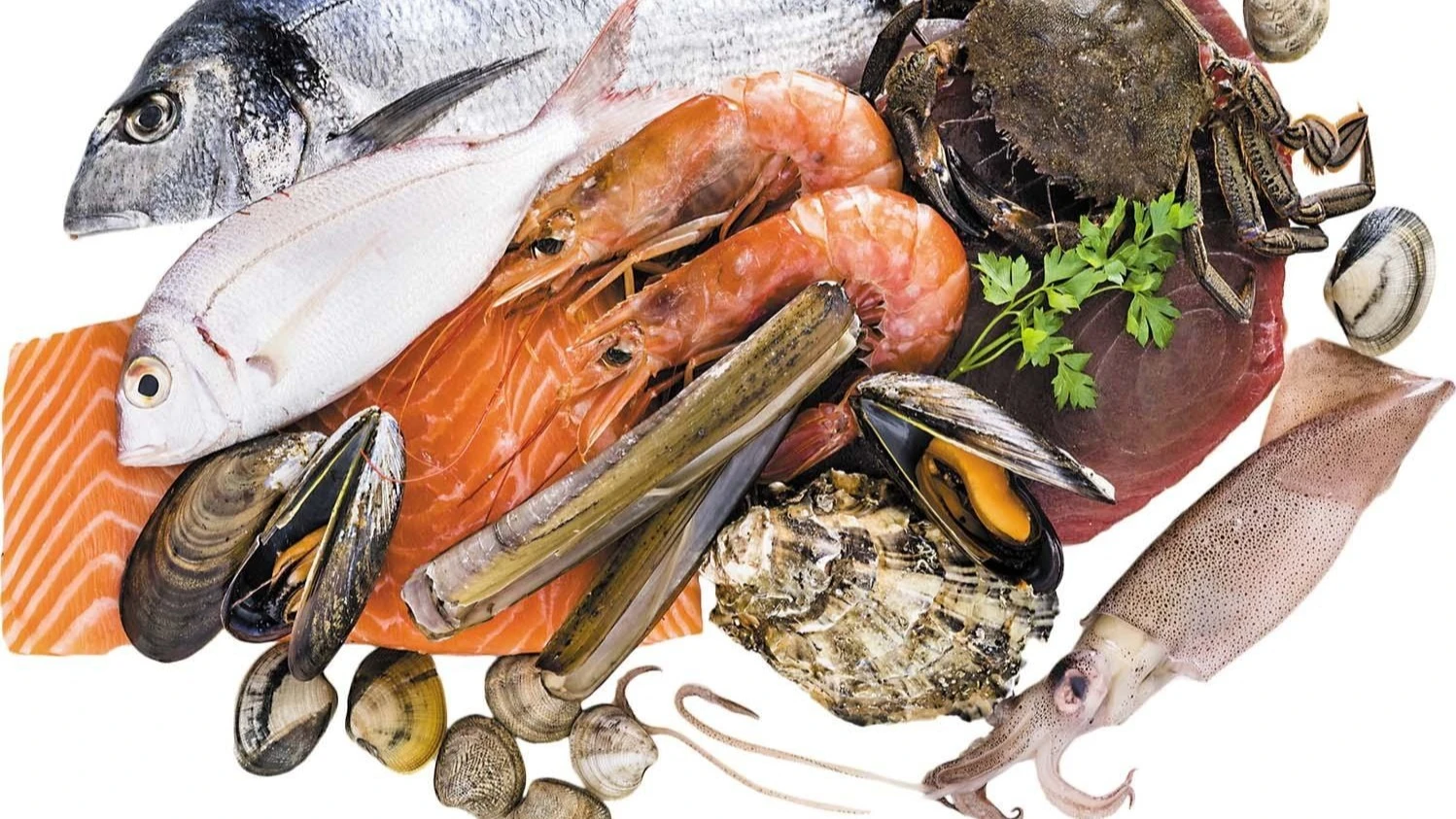Nutrient-rich seafood is crucial for human body building

SEAFOOD encompasses all forms of water-dwelling aquatic animals consumed by humans as food and these primarily include fish and shellfish, which can further be categorized into mollusks such as clams, oysters and squid.
Others fall under crustaceans including shrimp, crabs, and lobsters as well as echinoderms like sea cucumbers. Marine mammals such as whales are rarely eaten because historically they have been less common in modern times.
On the other hand, these aquatic animals represent a broader category that live either in fresh or salty water environments. Common examples include salmon, tuna, and trout.
Aquatic animals are also used to produce products such as fish oil, spirulina tablets, fish collagen and chitin which are all made from seafood. Besides human consumption, some are used to feed domestic pets such as cats.
For nutritional epidemiology, most people are advised by health officers to eat fish daily for bodybuilding since they provide numerous health benefits due to their rich nutrient profile.
Health experts say nutrients in seafood are an excellent source of omega-3 fatty acids that lower the risk of heart disease, stroke, and other cardiovascular problems while boosting brain function and reducing inflammation in a bold move that paves the way for body building.
Seafood can give the human brain a vital boost and improve long-term brain health. Omega-3s also help reduce the risk of developing Alzheimer’s disease and prevent mental decline as people grow older. These nutrients help regulate memory and emotion.
If someone is prone to dry skin, eating seafood helps preserve skin’s moisture. The fish oil in seafood reduces acne and protects against the sun’s ultraviolet rays, leaving the affected person with healthier moisturized skin.
According to experts, eating seafood once or twice a week benefits many aspects of an individual’s health because of the numerous vitamins and minerals seafood contains. These nutrients are essential for maintaining overall body health.
Seafood is a great source of lean protein and the leading type rich in essential vitamins and minerals. These include vitamins A and C, vitamin B12, iodine, selenium, and zinc which support many bodily functions, including immune strength for optimum health crucial for muscle growth, repair, and overall performance.
These vitamins also support energy production, protein metabolism, and red blood cell formation. Vitamin D found in some seafood is linked to mood regulation and may help fight depression.
Seafood also helps maintain good eyesight with age and lowers the risk of macular degeneration. Omega-3s reduce inflammation, potentially alleviating arthritis and joint pain.
Seafood is relatively low in calories, making it an excellent choice for maintaining healthy weight. Its wide range of nutrients such as zinc and selenium plays a vital role in supporting a strong immune system.
Doctors say that people suffering from stiff joints may need more seafood in their diet for recovery. Omega-3 fatty acids have anti-inflammatory effects that benefit those experiencing joint pain. Eating seafood, especially fatty fish, reduces joint stiffness as well as symptoms of arthritis.
Given the importance of seafood in the human diet, Tanzanian citizens are encouraged to consume more derived from oceans, lakes, and rivers since studies confirm significant benefits to human health.
This is particularly important for developing thinking capacity and knowledge for building a nation of self-reliant and understanding people.
The Director General of the National Council for Conservation and Environmental Management (NEMC), Dr. Immaculate Semesi, recently said: “It is the right time for Tanzanians to invest in good nutrition bearing in mind the fact that the nation is bounded by ocean resources where aquatic animals live.”
The DG raised her concern recently in Tanga during a two-day meeting that brought together sea and milk stakeholders from Tanzania’s mainland and islands on how to realize the dream of a blue economy aligned with community health welfare.
She emphasized that although the country has abundant water resources, Tanzanians have not fully utilized this opportunity to build better health by consuming seafood like fish, sardines, seaweed, and others found in the ocean, lakes, or rivers.
Apart from vast oceanic waters, the country is also blessed with large lakes and rivers, including Lake Victoria, Tanganyika, Natron, Eyasi, and Nyasa in the south. Major rivers include Ruvuma, Rufiji, Malagarasi, Mara, and many others where aquatic animals are caught for food.
Despite these abundant natural water features, fish consumption remains relatively low due mainly to poor investments coupled with crude fishing technologies. There may also be factors such as insufficient fish production, weak post-harvest infrastructure, and poor fisheries management.
Although Tanzania has abundant aquatic resources, its fish supply struggles to match the growing population and demand, resulting in a per capita consumption rate below the global average.
Recent seafood statistics from the Ministry of Livestock and Fisheries show that Tanzanians eat an average of 7.9 kg of fish per year, the lowest compared to the internationally recommended average of more than 20 kg per person per year.
In view of this, there is an urgent need to scale up national efforts to promote seafood consumption among citizens so they can attain as many vital nutrients as possible for body building.
Stakeholders in the fisheries industry note that Tanzania’s seafood consumption remains low mainly due to poor infrastructure, which has disrupted efficient supply chains and hindered aquaculture production.
Despite high demand, issues like post-harvest losses, limited industrial fishing, and poor knowledge about fish stock dynamics continue to obstruct the main supply chain.
Several challenges face Tanzania’s fisheries sector, the most notable being limited knowledge of the resource base and open-access issues with poorly managed artisanal fisheries.
Other challenges are linked to overfishing, where fish are harvested faster than they can reproduce. This reduces fish populations and creates ripple effects in the ecosystem, ultimately causing economic losses for fishing communities.
Another problem is low financial resources for investing in water resources to strengthen climate resilience. Weak conservation measures and poor protection against climate impacts like declining water levels and water quality in river basins make the situation worse.
Top Headlines
© 2025 IPPMEDIA.COM. ALL RIGHTS RESERVED

























